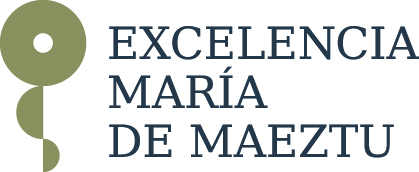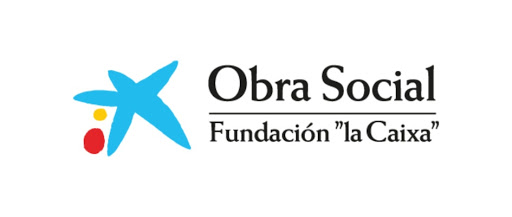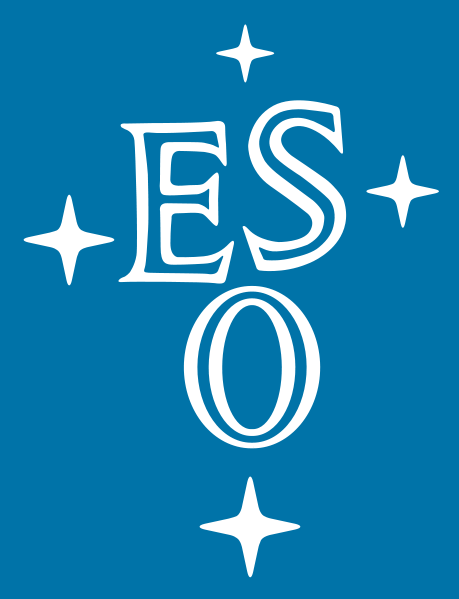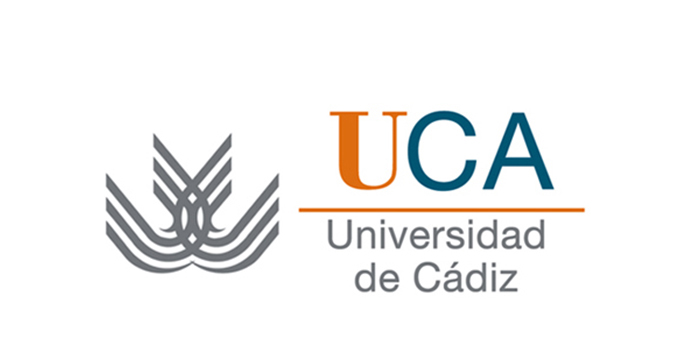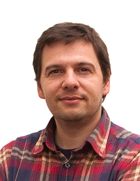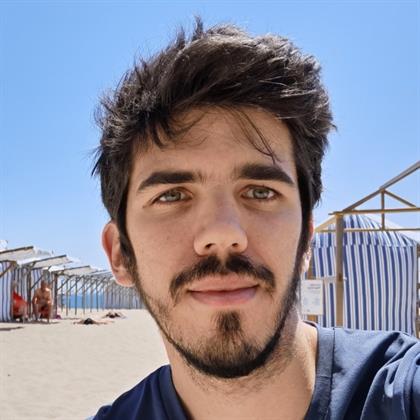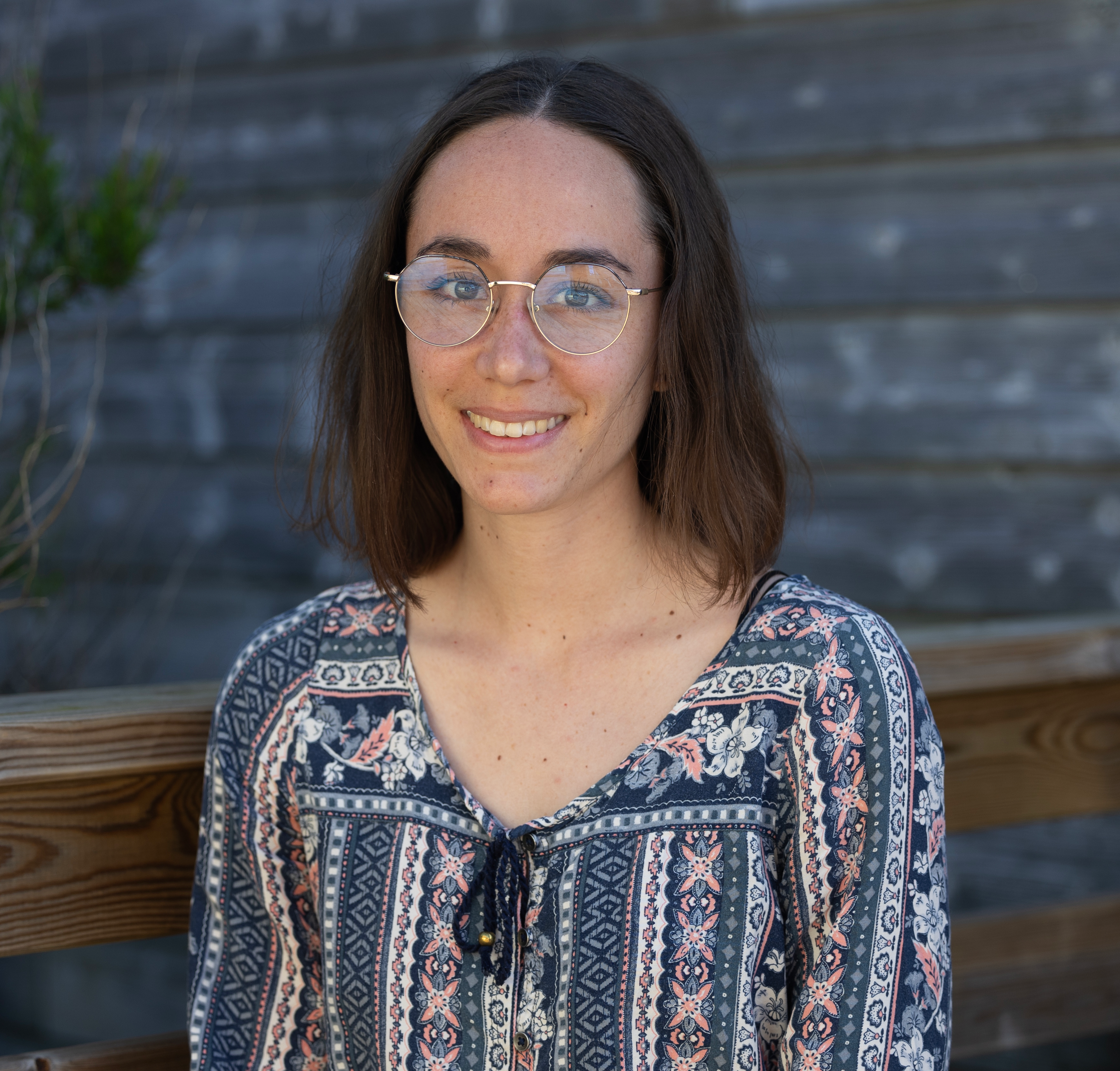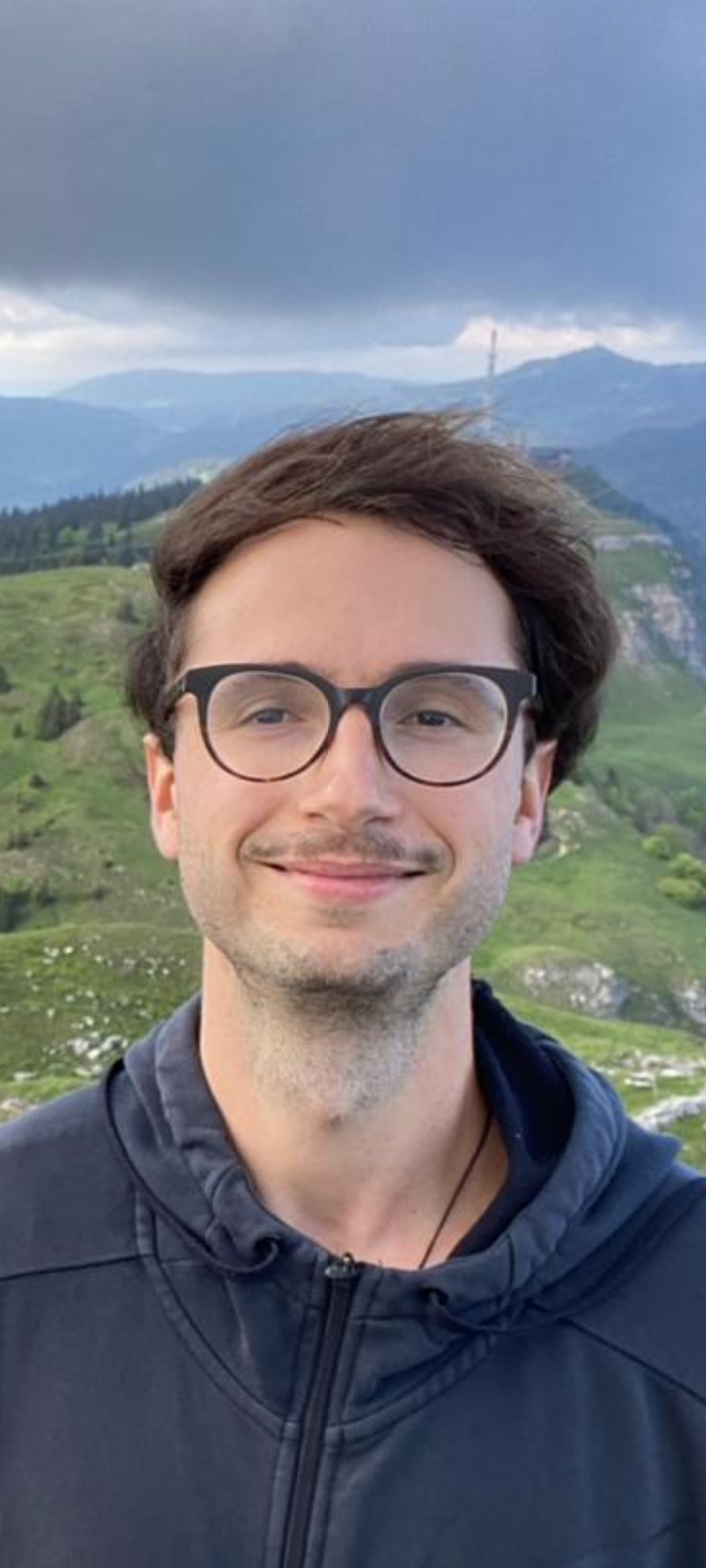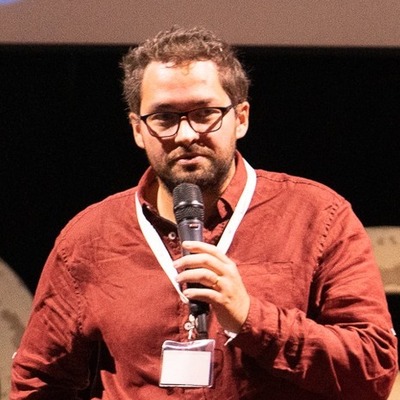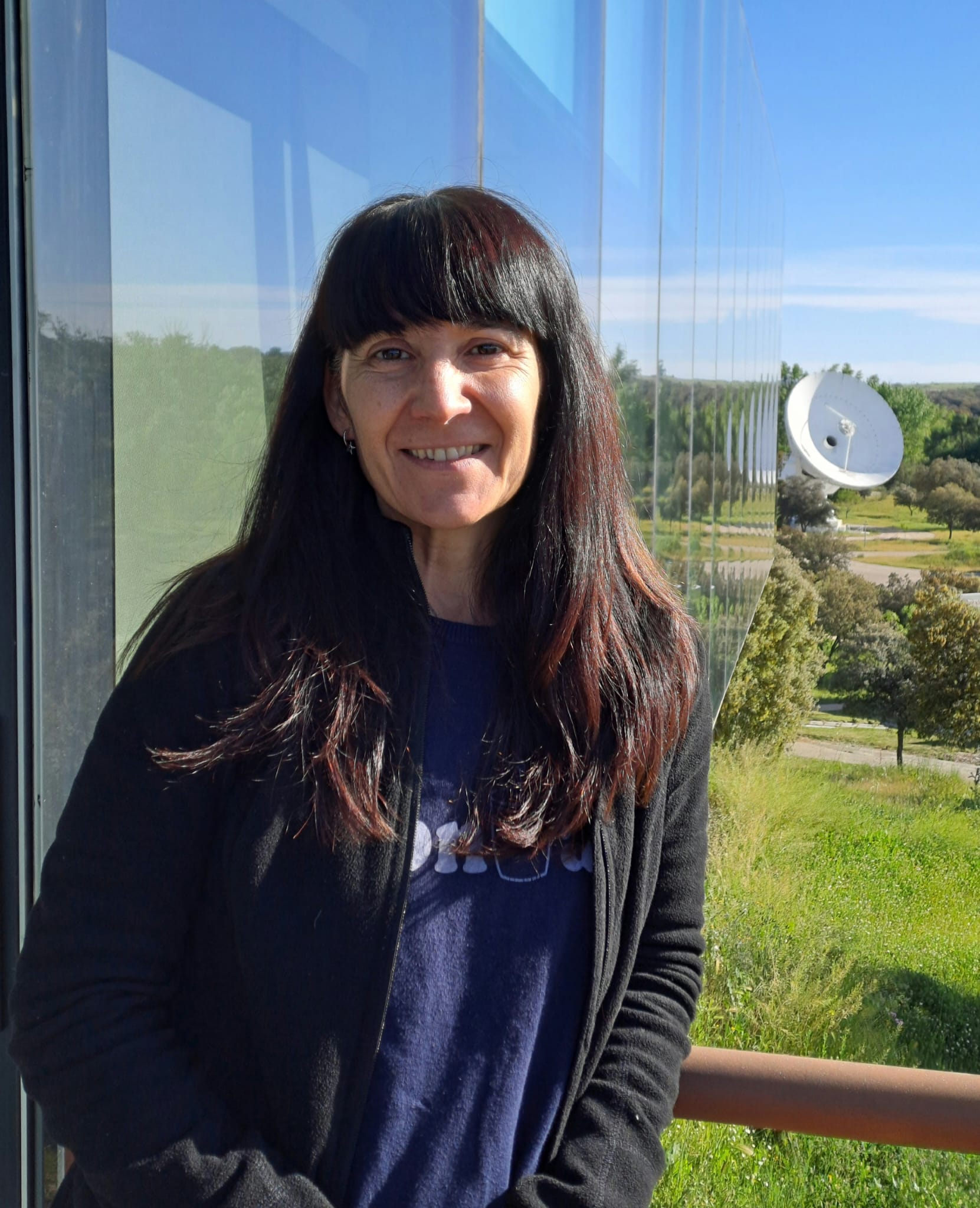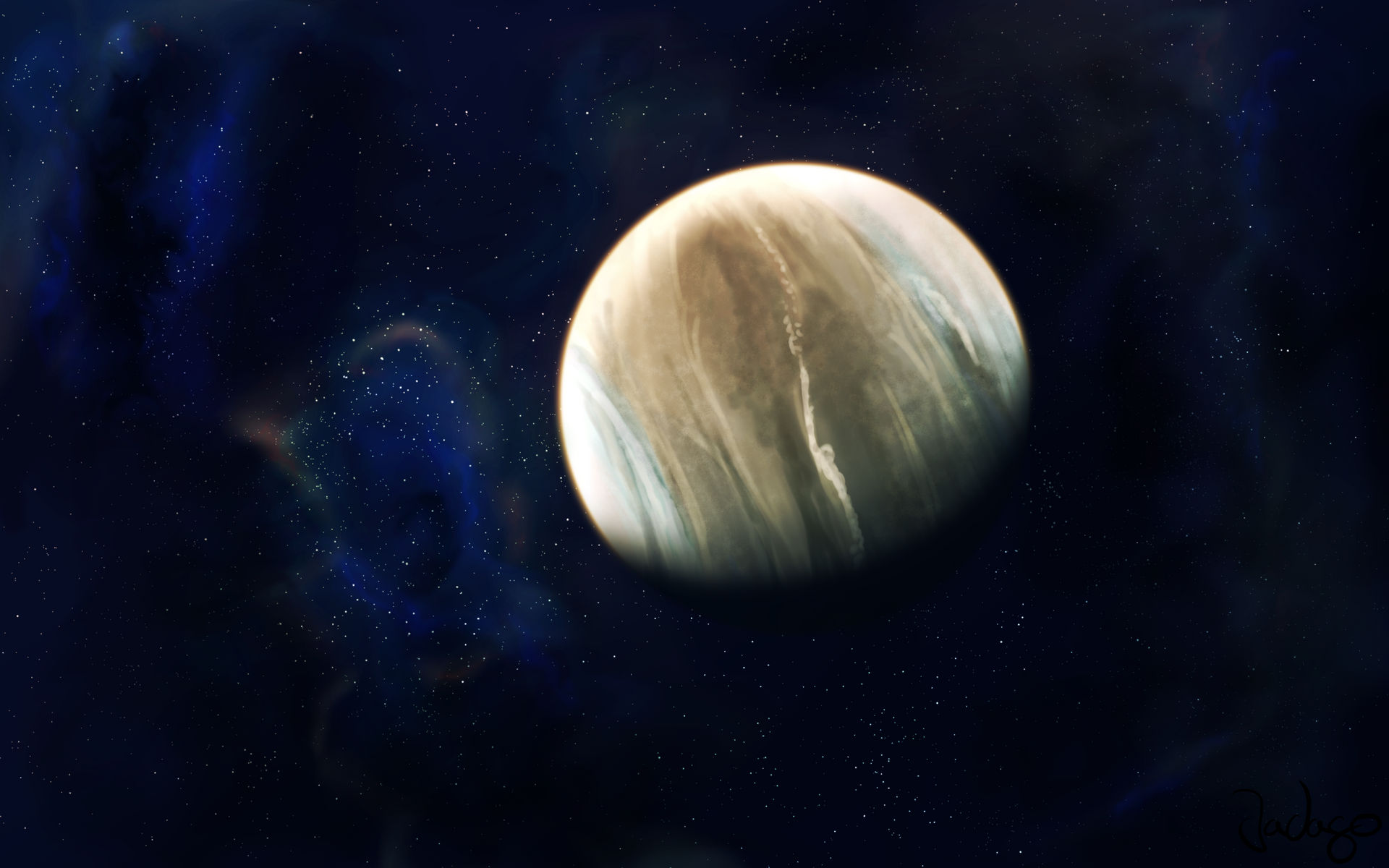
the KOBE experiment
A search for habitable worlds
News
Project news and updates.
New paper: KOBE-1 planets
We publish our first planet detection from the KOBE experiment. Check out the article here.
KOBE extension #1
Good news! Our KOBE survey has been approved an extension of 3 additional semesters 2023B+2024.
KOBEsim paper
Tool for designing and planning radial velocity surveys to improve the efficiency of the observations. ADS link.
First KOBE paper
We here present the first paper of this collaboration, describing the project goals and target selection. ADS link.
Observations start!
KOBE observations started on January 1st 2021! Check out our goals.
KOBE proposal accepted
Our KOBE proposal for Legacy Programs at Calar Alto Observatory was accepted. Check out our project!
Welcome
The detection of habitable worlds is one of humanity's greatest endeavours. So far, astrobiological studies show that one of the most critical components to allow life development is liquid water. Its chemical properties and its capacity to dissolve and hence transport other substances makes this constituent a key piece in the development of life. As a consequence, looking for life as we known it is directly related to the search for liquid water. In this sense, the habitable zone of a star defines the range of distances from the star in which water could be in liquid state on the surface of a rocky world. Although basic and not unique (water might also be in liquid state in other circumstances, see for instance the Europa subsurface ocean) the habitable zone is a first step towards the search for life in distant planetary systems. The KOBE experiment seeks for new worlds in this regime.
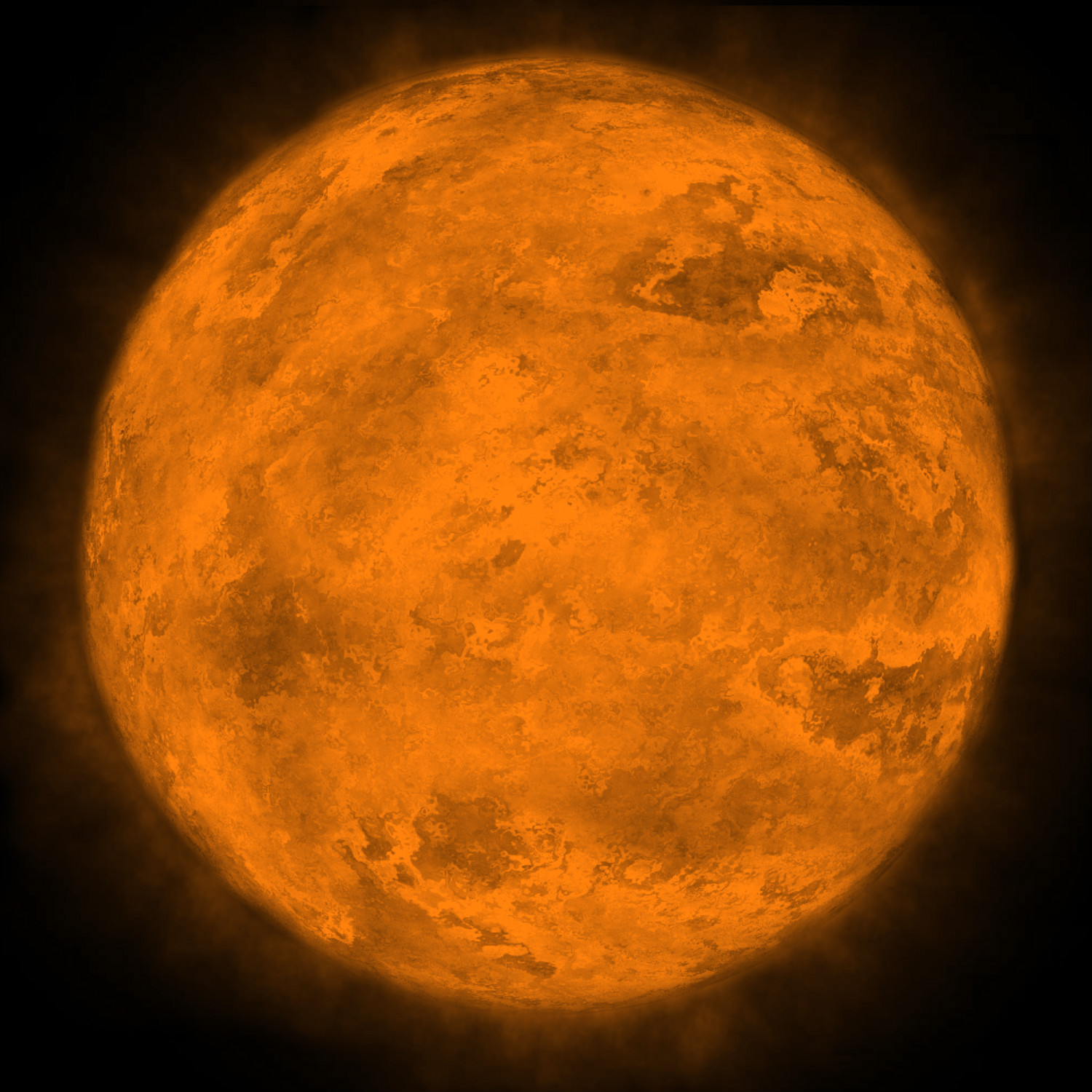
The project
The KOBE experiment is a legacy survey awarded initially with 175
nights at Calar Alto Observatory (Almería, Spain) with
the CARMENES instrument. The KOBE acronym stands for
K-dwarfs Orbited By habitable Exoplanets, which
summarises the main objective of this project: looking
for new worlds in the habitable zone of a particular
type of stars which are the late K-dwarfs, having
effective temperatures around 3800-4600 K. K-dwarf stars are the perfect hosts to search for planets in this range of
distances. Contrary to G-dwarfs, the habitable zone is closer, thus making planet detection easier. And contrary to
M-dwarfs, the stellar activity is much smaller, hence having a smaller impact in both the detectability and in the true
habitability of the planet (e.g., strong flares might extinct life on the surface of a close planet). Also, K-dwarfs are
the quietest in terms of oscillations, and granulation noise. Despite this, there is a desert of planets in the
habitable zone of K-dwarfs due to a lack of observing programs devoted to this parameter space. KOBE will fill a key gap
in our search for life outside of the Solar System
KOBE is running at the 3.5 meters telescope located at
the Calar Alto Observatory in Almería (Spain). This
location is one of the best in continental Europe as
it has the best atmospheric conditions, a perfect place for exoplanet hunting.
The CARMENES instrument (Calar Alto high-Resolution search for M dwarfs with Exoearths with Near-infrared and optical Échelle Spectrographs) is an state-of-the-art high-resolution spectrograph consisting on a visible and a near-infrared arm. It is thermally and preasure stabilised, what ensures good radial velocity precisions suitable for exoplanet searches. For additional information on the instrument, please visit this site . In our hunt for Earth analogs, extrasolar planets have been searched intensively in the past decades (e.g., Borucki
et al., 2010), with the main focus on detecting as many as possible, regardless of their properties, and mainly biased
and limited by instrumental precision. Thanks to all these previous efforts (including ground- and space-based
observations), more than 4100 planets are currently known. Their properties are extremely diverse, showing
characteristics quite distant from those expected from the components of the Solar System and initially even from
those envisioned by theories of planet formation. The search for habitable worlds has first focused on stellar
properties similar to those of our Sun (e.g., Kepler and HARPS efforts). In the latter years, M-dwarfs have been
intensively targeted (e.g., Bonfils et al., 2005; Quirrenbach et al., 2014), because their habitable zone is closer to
the star, hence making the detection of habitable Earth analogs easier. Both regimes, although very relevant, suffer
from important difficulties, from both the instrumentation point of view and from the physical side. M-dwarfs are very
active, thus making the radial velocity analysis utterly difficult to unveil planet-like signals at the
meter-per-second level. Also, the strong flares on these active stars challenge their habitability. The low stellar
mass and the sharp habitable zone regime leave few dynamical room for scaled-down versions of the Solar System around
these stars, which is demonstrated by the low occurrence rate of multi-planet systems around M-dwarfs against the high
population in G-dwarfs. On the other side, G-dwarfs host their habitable zones at periods around one year. This
creates critical difficulties on the detection of rocky planets through the radial velocity technique, requiring
several-year-long stable instruments at the centimetre-per-second level. So far, only ESPRESSO is capable of doing
this task, and will still be challenging. A new perspective is thus needed to face the detection of habitable worlds
that can be confirmed and characterised by the radial velocity technique and provide a census of confirmed habitable
rocky worlds.
K-dwarfs, and more specifically, the late K-dwarfs (K4-K9, with effective temperatures between 3800-4600 K) offer
the perfect compromise between technical and physical feasibilities.
Although the conditions for habitability on the surface of a planet are still poorly understood, there are different
properties that we know might hazard sustainable life as we know it. The first of these conditions is the ability of
the planet to retain liquid water on its surface. The range of distances from the star where the incident flux on the
planet allows this is called the habitable zone (HZ). In the case of M-dwarfs, given their low luminosity, this region
is located at periods closer than 30 days. This, although favourable to the planet detection, has some key downsides
on the real habitability of the planet. At first, stellar activity on M-dwarfs is a key actor, with energetic stellar
flares increasing the luminosity of the star by a relevant percentage and increasing the coronal emission. Flares can
also potentially reach the location of the habitable zone threatening any kind of life on its surface. Big stellar
spots may also create relevant variations in the incident flux. Also, being closer to their parent stars planets in
the HZ might be tidally locked, always facing the same side to the parent star and thus decreasing the probability for
life to be sustained in its surface. By contrast, K-dwarfs have their HZ located at longer periods, where planets can
have their rotation and orbital periods decoupled, hence allowing the planet to have day-night cycles. Stellar
activity and magnetic flaring is dramatically diminished for stars earlier than M3 and specially in the late K-type
domain. Consequently, habitability is not threatened by these effects as much as it is in the HZ planets around M
dwarfs. Besides, unlike M-dwarfs, we can derive precise stellar parameters and chemical abundances, relevant to
properly characterise the planets and the the star-planet connection.
The K-dwarf habitable zone ranges between 0.1-0.3 AU for the latest types (corresponding to orbital periods between
17-90 days). This corresponds to radial velocity semi-amplitudes of 2.4 - 4.2 m/s in the case of K9 stars and 1-2 m/s
for K4 stars with a 10 Earth masses planet in the habitable zone. Added to this, the imprint of stellar activity and
magnetic cycles on the radial velocity of K-dwarfs is smaller than in the case of M-dwarfs. For the late K-dwarf stars,
the signals induced by magnetic cycles typically have amplitudes below 3 m/s and typical periods of 7 years. On the
other hand, although rotation periods span between 15-45 days, K dwarfs in the colour range 1.0 < B − V < 1.3 have the
lowest level of activity jitter (Isaacson & Fisher, 2010), significantly less than 1 m/s, thus becoming the perfect
targets to search for habitable planets. With a demonstrated precision of around 1.3 m/s in the long-term (after
corrections are applied), CARMENES is one of the few instrument in the Northern hemisphere that can reach such
precision and stability over a long period of time. The 1.3 m/s precision allows the detection of planets in the HZ
regime of K-dwarfs down to the rocky regime. Indeed, it allows completeness for planets with masses above 10 MEarth
around late K-dwarf stars and detection limits down to 3 MEarth (see Figure 1).
The strategy followed by ground-based surveys and space-based missions has missed the HZ of K-dwarfs. This is evident in
the left-hand figure, where only a handful of validated transiting planets (i.e., no mass measurement) and two confirmed planets
populate the habitable zone around late K-dwarf stars. The histogram on Figure 2 (right panel) illustrates this desert,
with a large number of temperate worlds detected around G-type stars (mainly with RV surveys) and another large sample
in the low stellar mass regime. This desert is even drier when we focus on planets with determined masses (red
histogram). Stellar population studies, however, do not show a paucity of this type of stars in the solar neighbourhood
compared to G- and M-types (e.g., Kroupa et al., 1993). Consequently, the HZ-planet desert is indeed an observational.
The reasons for this paucity of planets in the habitable zone are clear: the focus on solar-like stars for similarity
with the Solar System and the hunt for planets around M-dwarfs due to detectability reasons. A focused and systematic
program exploring the habitable zone of K-dwarfs is thus missing. The M2K project (Apps et al., 2010) in 2010 used a
small fraction of the Keck/HIRES instrument to look for planets around MK stellar types, only a handful number of
systems were announced. The HARPS GTO program (PI: X. Bonfils) has also followed-up some of K-dwarfs. However, these
studies were not focused on the HZ of K-dwarfs and hence the sample and cadence was insufficient to reach the rocky
regime in the habitable zone. This is mainly due to the lack of telescope time. A dedicated service program with the
flexibility of a moderate number of nights per semester and distributed along a sufficiently large time span is thus
required to reach this regime. We propose to take the lead on this niche with the KOBE experiment.
With KOBE, Calar Alto and CARMENES are becoming the leading facility in this endeavor by performing the first systematic
and dedicated survey in search for habitable planets around late type K-dwarfs. The call for Legacy Programs
put Calar Alto in a unique position to carry out a survey that would otherwise be practically impossible to be
developed in any other facility (the chances of getting > 20 nights/semester in open time on any state-of-the-art
instrument are extremely low if not impossible). With the KOBE experiment we are running a guided search for habitable
planets (from gaseous to rocky compositions) around a minimum of 50 K-dwarfs by monitoring a carefully selected sample
of K4-K9 stars. We will obtain an average of 90 data points per target spread. The experiment will not exclude gaseous giants in the
habitable zone since this niche is also very relevant in different aspects (e.g., future search for habitable exomoons,
co-orbital worlds or atmospheric characterisation if they transit). Based on the planet occurrence rates and taking into
account the guided nature of this experiment (not being a blind search but instead maximising the probability of finding
planets based on empirical and theoretical studies on the particular systems), we expect a planet yield of 15-40 new
planets for this low-demanding legacy program, with a relatively high percentage of them residing in the habitable zone
and being in the super-Earth regime.
The survey started in January 2021 with an initial Prime mission of 5 semesters (i.e., until June 2023). A
1st extension of the survey was approved to be executed during three additional semesters between July 2023 and
December 2024. Recently a 2nd extension has been approved and the survey will continue running for another four
semesters, from January 2025 to December 2026.
Balsalobre-Ruza et al., 2025, A&A, 694, 15 [paper link]
We confirm the planetary nature of two signals (KOBE-1b and KOBE-1c) through ruling out other non-planetary
configurations and ensuring that both absolute masses are within the planetary regime to a high certainty (>99.7%).
We find minimum masses of ~8 Earth masses for KOBE-1b, and ~12 Earth masses for KOBE-1c. By analyzing the
sensitivity of the CARMENES time series to additional signals, we discard planets above 6.5 Earth masses within the
habitable zone. We identify a single transit-like feature in TESS whose origin is still uncertain, but compatible within
1-sigma with a transit from planet c.
The KOBE experiment is composed of a consortium of researchers from a variety of european institutions
and universities, including the Center for Astrobiology (CAB, Spain), the Intituto de Astrofisica (IA, Portugal),
the Laboratoire d'Astrophysique de Marseille (LAM, France), the Geneva Observatory (Switzerland), the
Universidad de Cádiz (Spain). The KOBE experiment is a Remote Worlds Lab project.
We have obtained scientific and financial support through different institutions and public and private agencies. We
acknowledge financial support from the Spanish Ministry of Science and Universities (MICIU/AEI/10.13039/501100011033)
and NextGenerationEU/PRTR grants PID2019-107061GB-C61, CNS2023-144309, and PID2023-150468NB-I00.
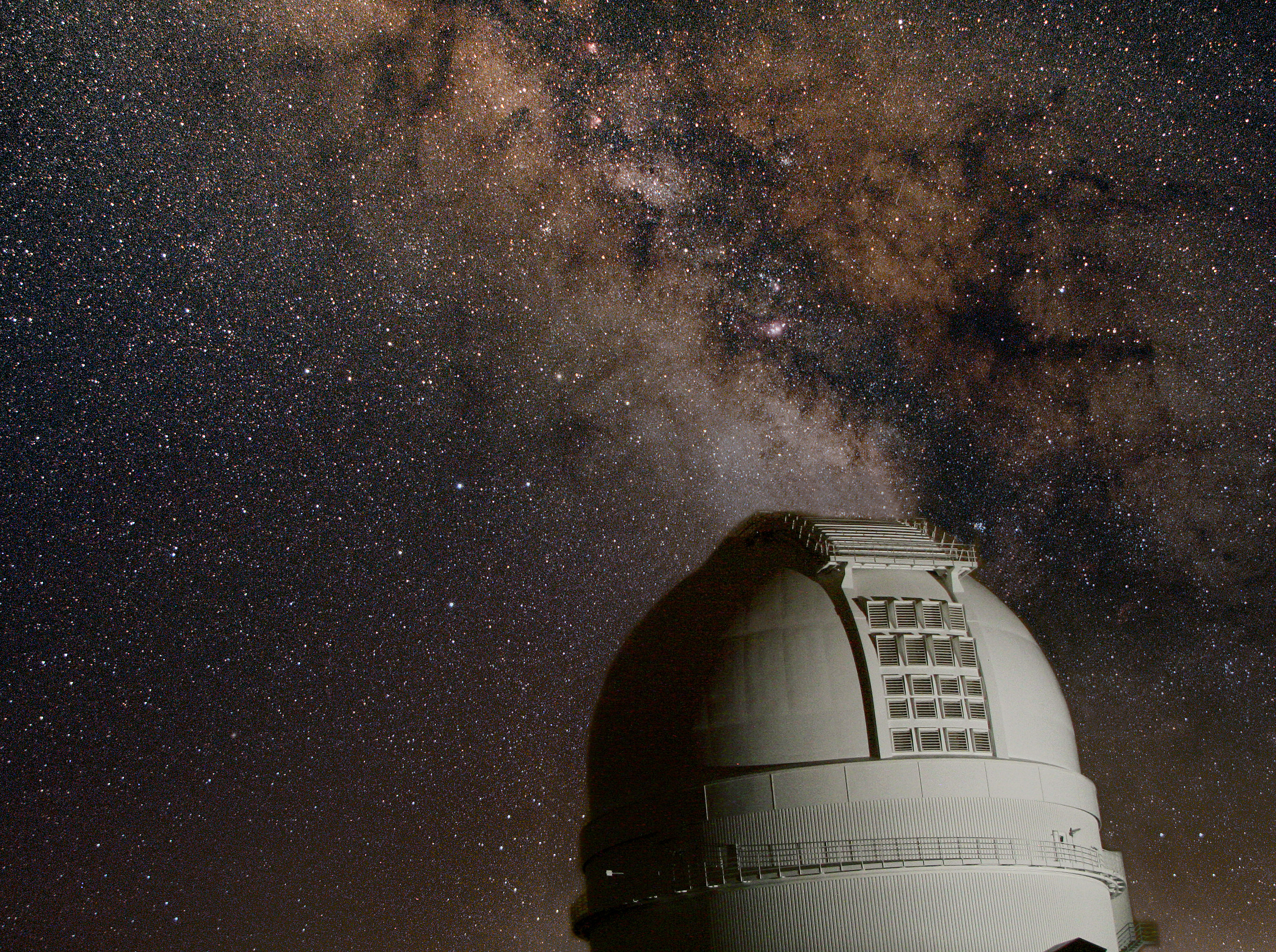
The observatory
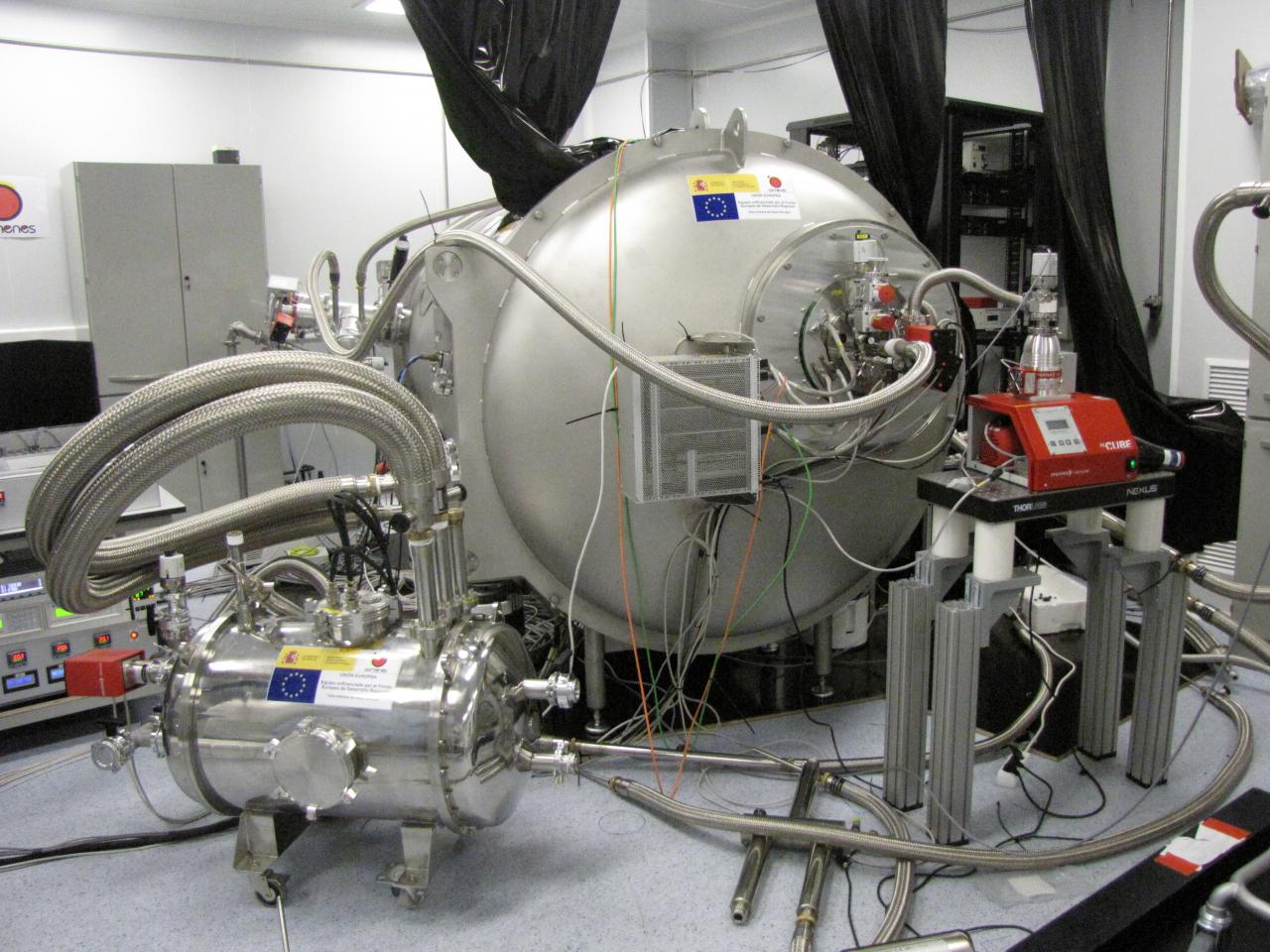
The instrument
Trailer
The search for habitable worlds
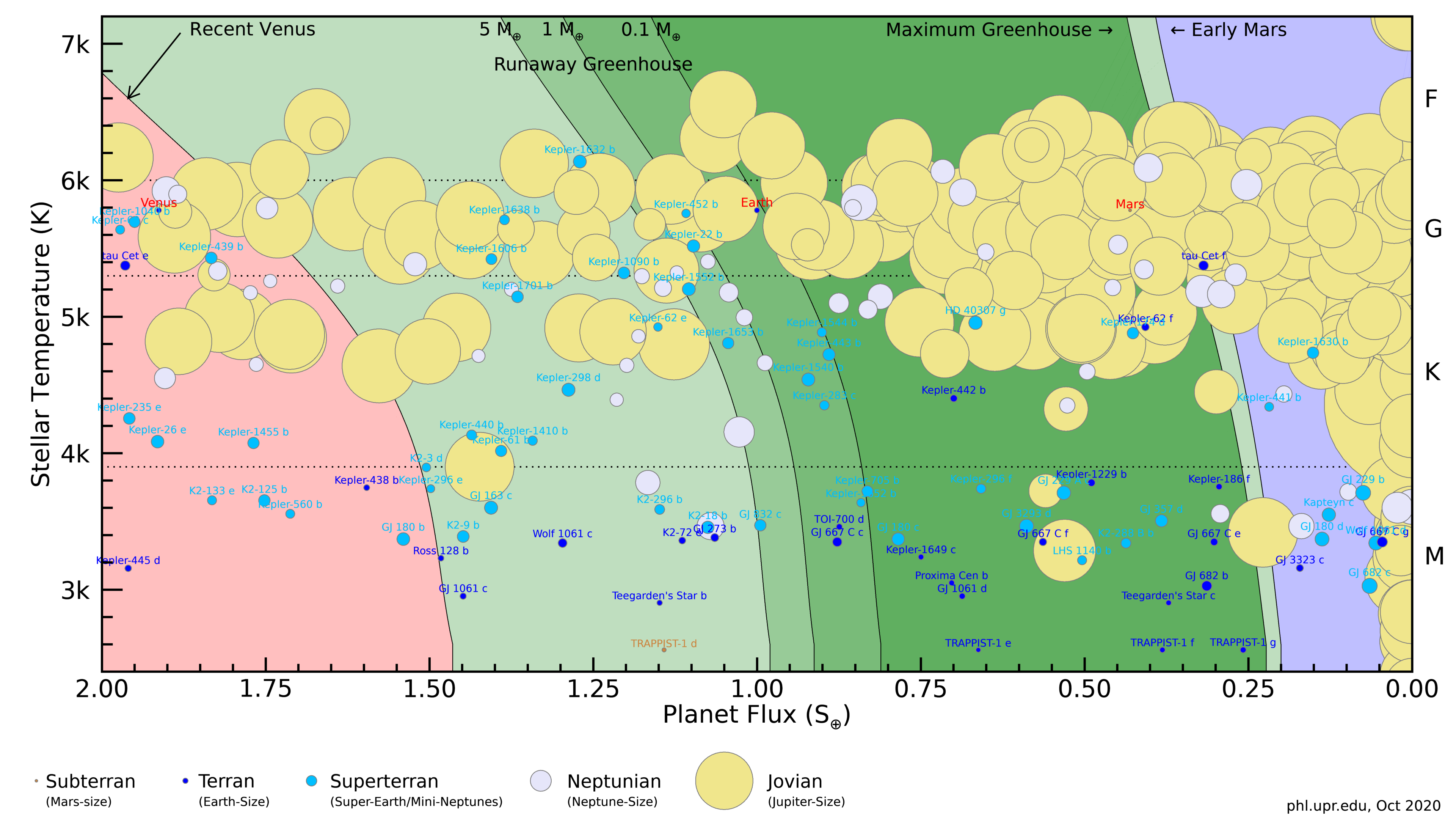
The K-dwarf opportunity
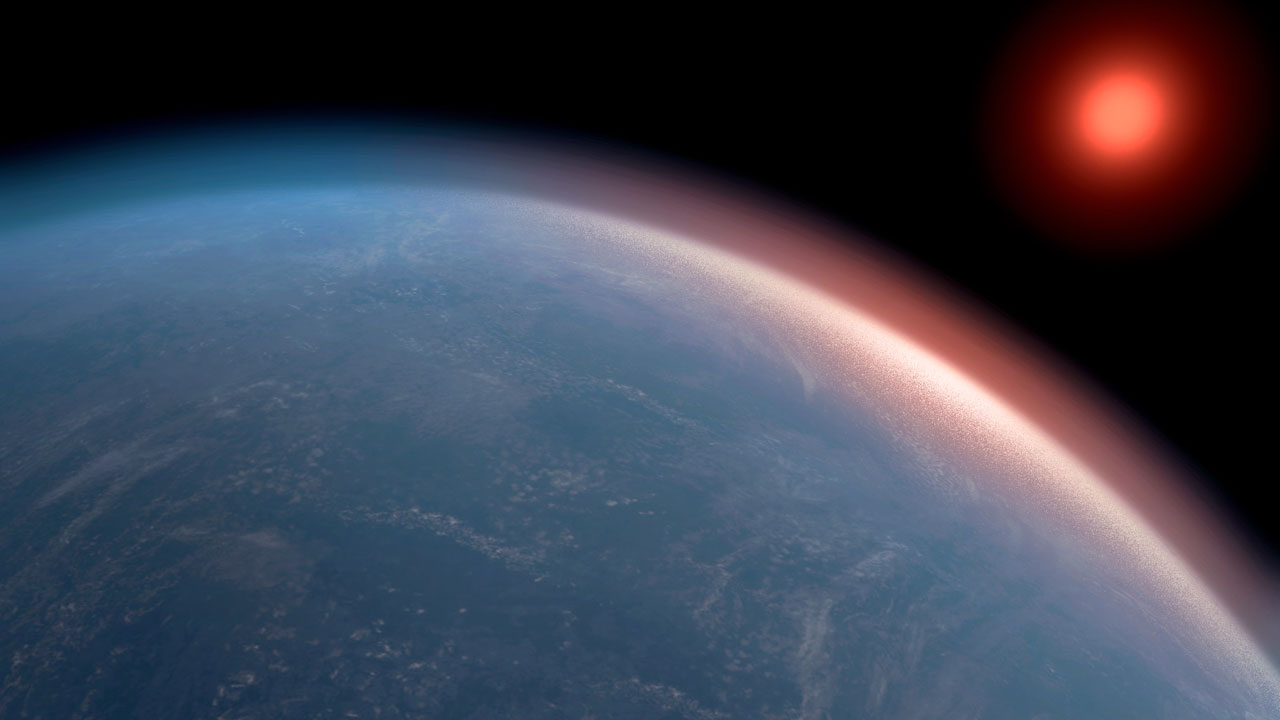
Habitability: K-dwarfs versus M-dwarfs
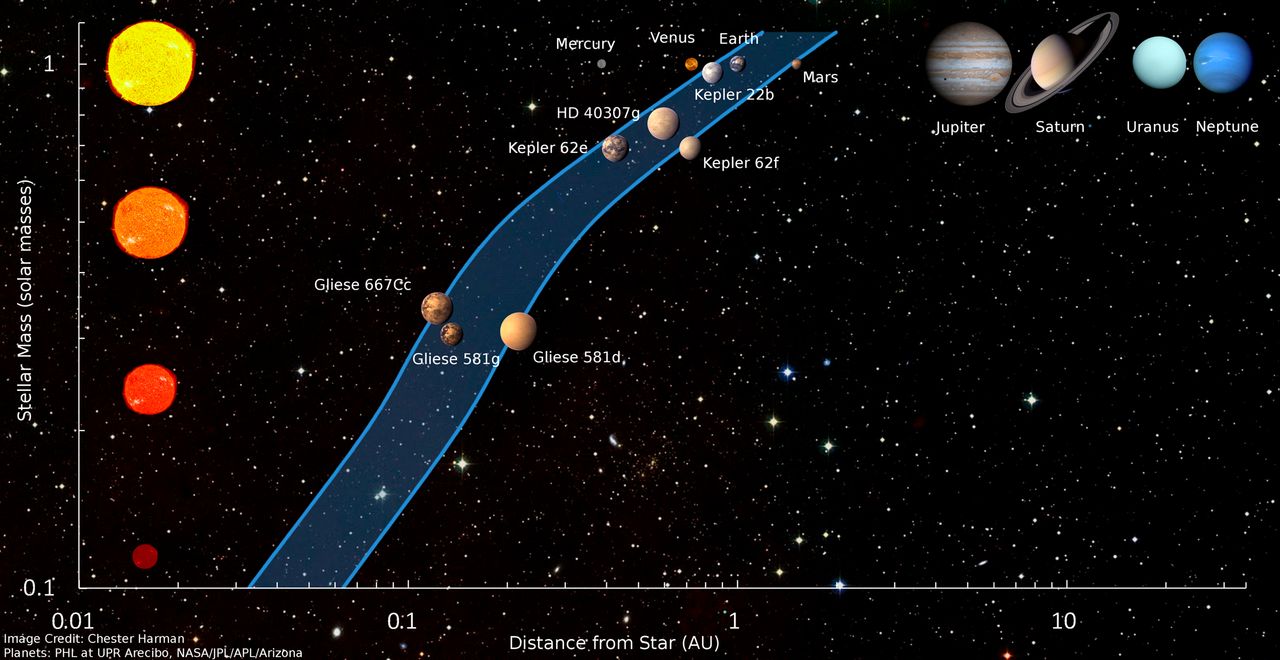
Planet detection in the habitable zone

The K-dwarf habitable zone desert
The KOBE experiment: Goals, legacy, and expected outcome

Meet the KOBEs'

KOBE-1: the first planetary system from the KOBE experiment
Publications
Refereed publications (KOBE)
KOBE-1: the first planetary system from the KOBE experiment
KOBEsim: a Bayesian observing strategy algorithm for planet detection in radial velocity blind-search surveys
The KOBE experiment: K-dwarfs Orbited By habitable Exoplanets. Project goals, target selection and stellar characterization
Related refereed publications
A novel framework for semi-Bayesian radial velocities through template matching
HD 22496 b: The first ESPRESSO stand-alone planet discovery
An improved correction of radial velocity systematics for the SOPHIE spectrograph
Proceedings
Modelling activity-induced radial velocities through STELLA/WiFSIP simultaneous photometry.
Poster contribution at the XV Scientific Meeting of the Spanish Astronomical Society.
KOBEsim: improving RV detection through efficient scheduling.
Poster contribution at the XV Scientific Meeting of the Spanish Astronomical Society.
The KOBE experiment. KOBEsim: improving RV detection through efficient scheduling.
Oral contribution at the XV Scientific Meeting of the Spanish Astronomical Society.
The KOBE experiment: K-dwarfs Orbited By habitable Exoplanets.
Contributed talk at the “Forming and exploring habitable worlds” meeting
Master Thesis
New habitable worlds: the KOBE experiment, 2021 (Complutense University), PDF
A catalog of late K-dwarf stars in the solar neightbourhood, 2023 (Complutense University), (in progress)
PhD Thesis
The KOBE (dream) team
Support


